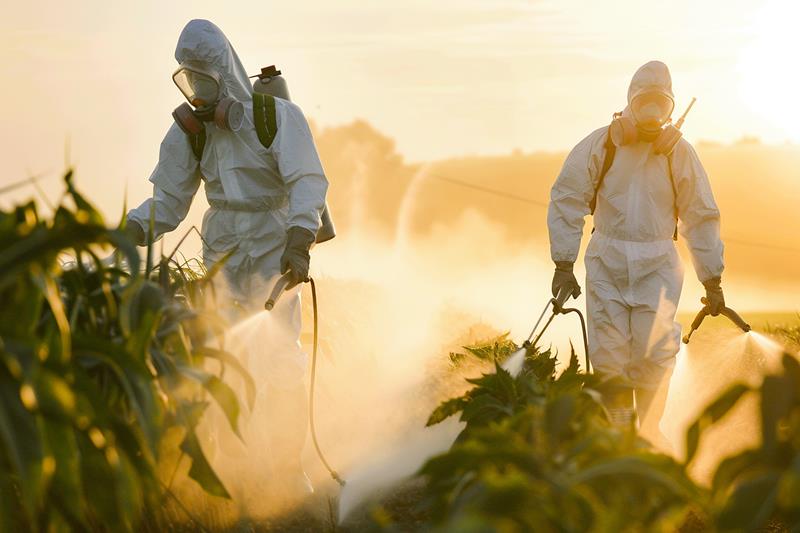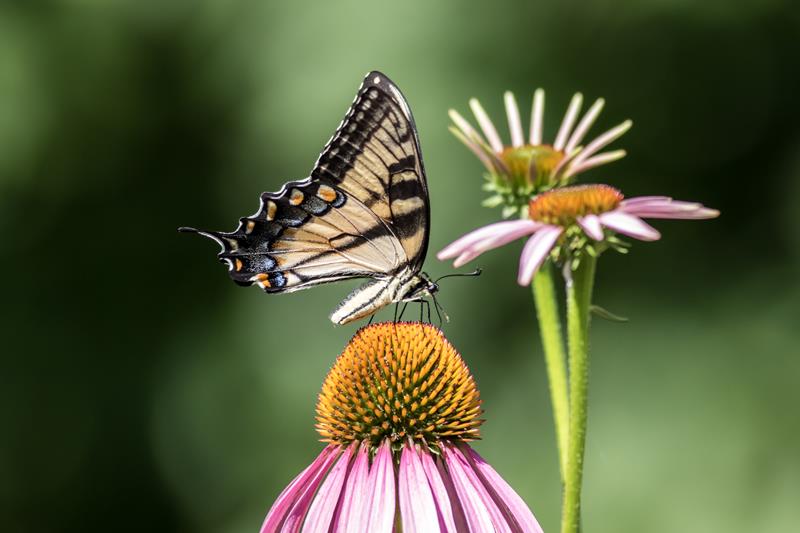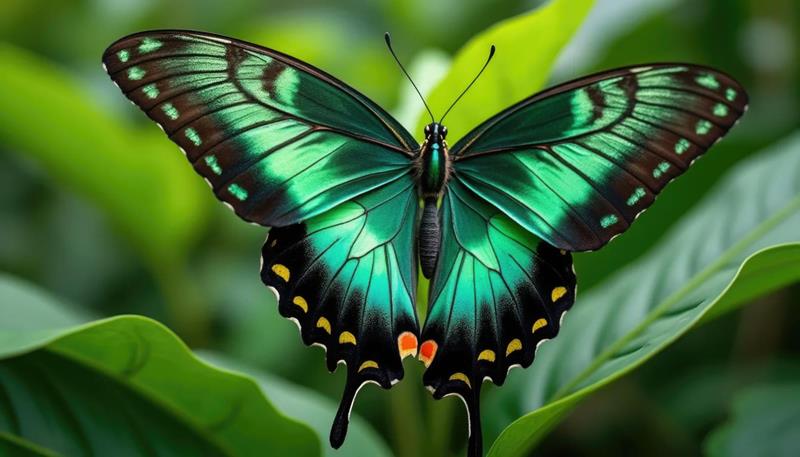Butterflies are major for nature. A reduction in their population density indicates an instability of the ecosystem. Recent scientific studies have shown that the situation is unmanageable and endangers the existence of this insect species. In this article, we will find out the roots of the difficulties and potential clarification.
Why Are Butterflies Disappearing
National Geographic broadcasts that the number of butterflies has significantly decreased. Only 20% of the total diversity remains since the 1970s. But this year’s calculations are appalling – they showed an all-time low amount of butterflies, reaching a critically low level. The general reason for the decrease in the population of winged insects in 2024 was unfavorable weather conditions – a long wet spring and late summer with intense heat.
This is caused by global warming, changes in seasonality, droughts, floods, gales, and blizzards together with anthropogenic influence. Such human activities like unlimited deforestation reduce areas, food sources, and native plant species, as well as other creatures for which butterflies are nourished. The second crucial reason is aggressive farming which applies neonicotinoid pesticides (cyanide-releasing compounds called cyanogenic glucoside) that pollute ground, water, and air.
Thus, insects drink and eat dew, nectar, pollen, and juice from numerous shrubs and flowers that grow in the wild – and the cultivation of agricultural crops like cereals and corn on large areas with rare wild grasses and blossoms. The nutrition for insects includes dew, nectar, pollen, and juice from various bushes and perennials that grow in wild meadows. The cultivation of agricultural monocultures, such as legumes, cereals, and corn, occurs on large areas with sparse wild grasses and flowers. While the butterfly drinks nectar, pollen sticks to its hairy body, which then flies away to another flower. During a typical working day, hundreds of flowers are pollinated. Even tiny patches of greenery captivate not just flying insects, but also other critters like beetles, bees, and bumblebees, all competing for the treat. Therefore wild meadows and their flora protection are significant for the survival of insects on our planet.

Why Protecting Butterflies Is Important for Ecosystems
British researchers from the University of Sussex have found that the winged are more effective pollinators than day-flying insects. Since daytime insects have more hours to transfer pollen, butterflies keep working even as the sun sets. They monitored the life of nocturnal and diurnal night insects in the pollination of blackberries through photography, namely, they counted the bug’s quantity and the rate of pollen accumulation.
It was established that moths are the most effective pollinating insects. Without them, the environmental balance will be destroyed irremediably. Butterflies are important for all representatives of the food pyramid – for other insects, birds, pets, and vegetation. And indeed for people. Winged insects allow plants to multiply and give seeds, so plants feed other living entities.
What We Can Do to Save Butterflies
Butterfly Conservation organized a protest and sent a petition to the Department of Environment and Agriculture. They call for urgent protection of the butterflies’ world.
To safeguard unique butterfly species, we must prioritize wildlife conservation, halt extensive deforestation, and revise irrigation practices in agricultural fields. These tasks can be coped with the cooperation of the whole society, ecoactivists, and the authorities through the creation of eco-initiatives, nature reserves, and other nature protection areas and financing.
The second is necessary to limit or completely prohibit the use of chemicals for growing crops and find other ways to get bigger productivity than pest control.
Last but not least particular attention should be paid to landscaping – on the territory of city parks, on the roadsides, and on flower beds, such diversity of botanicals that will be alluring to butterflies should be sown. In landscape design, it is better to give preference not to seasonal plants, but to compositions with different flowering periods, with early and late types of flowers. You should also plant a lot of bushes, because a bush, unlike a flower, gives an increase each year, and the amount of nectar for an insect on one piece of land can be many times more.
You can contribute to butterfly protection by seeding greenery on your terrace or balcony. Do not forget to water them. In the home and garden section, you can find cute drinkers for insects, which can be a decoration. And also you can make a drinking bowl yourself, with friends or children.
“Beauty is where the beheld butterfly disappears from sight.” — R.H. Peat.
So, don’t let them disappear from the planet forever.

Author

Anna Smirnova
Former chemist, content writer on https://rythmoftheworld.com From my career as a chemist, I brought the skills of discovering, analyzing, filtration, separation, distillation, and explanation. I adore art, photography, traveling, hiking, and winter.



